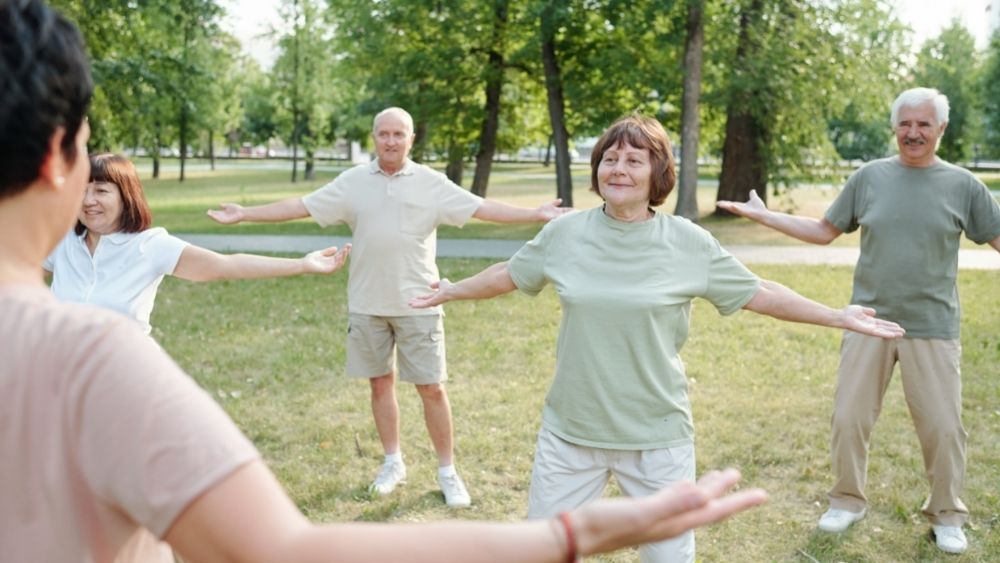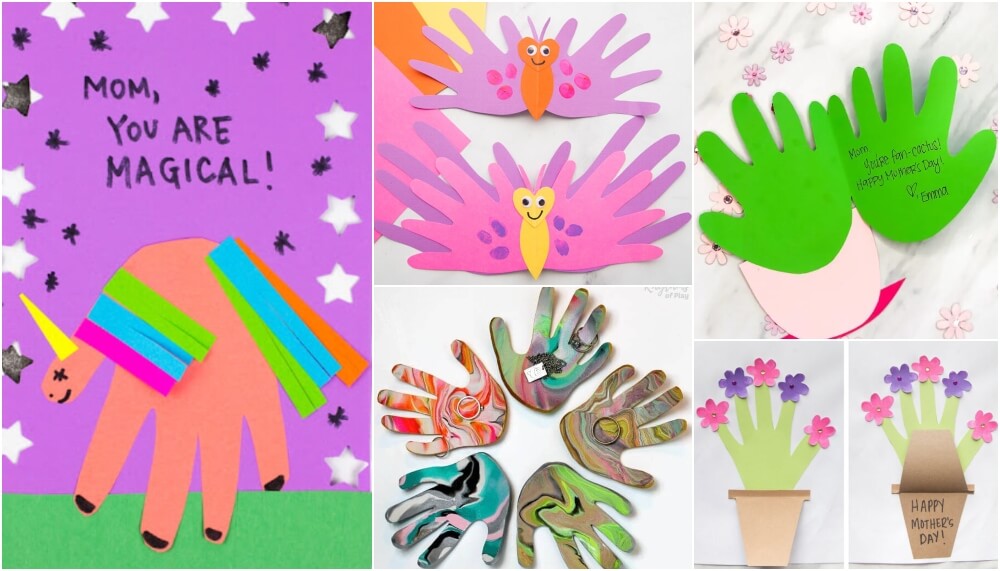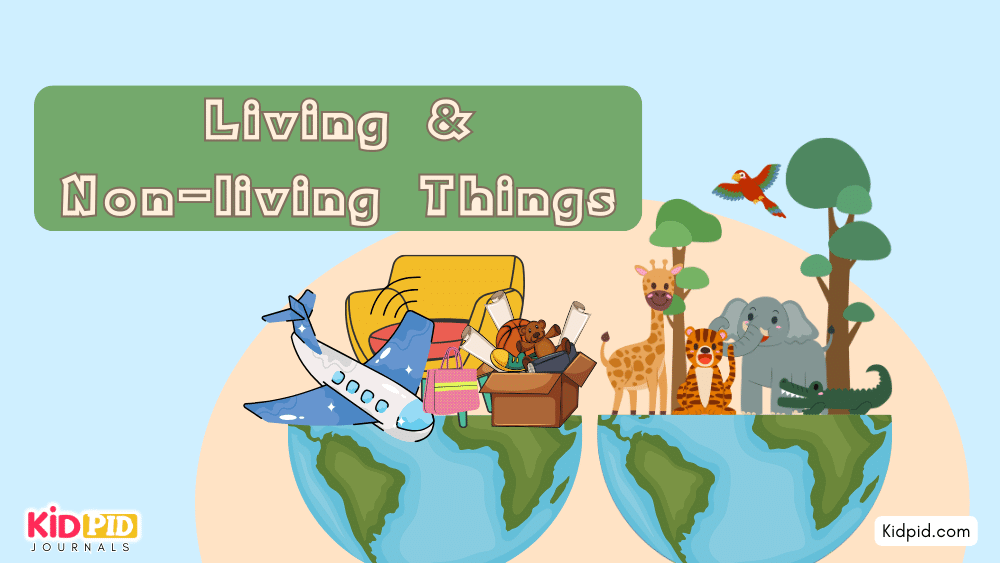Why don’t I ever forget to breathe?

Breathing fresh air is as important as good sleep and nutritious food. Luckily, breathing is an automatic process and we do not have to think about it. It is an involuntary phenomenon in which the oxygen in the air is taken into the lungs and simultaneously carbon dioxide is expelled out from it. We don’t ever think of breathing because our brain controls it. As long as we are living, our brain controls the flow of air and regulates the level of oxygen in our bodies.
Once the blood has been oxygenated in the lungs it is supplied to all parts of the body. The blood delivers oxygen to the muscles collects back carbon dioxide and carries it back to the lungs from where it is expelled out of the body. This is a never-ending process during the span of human life.
During the process of inhaling we take in air that contains approximately 21% oxygen and 0.04% of carbon dioxide, while during exhalation the air contains about 15% oxygen and 4% carbon dioxide. This shows that the expelled air contains about 100 times more carbon dioxide than inhaled air.
Contents
How do we breathe?
Inhalation
During the process of inhalation or breathing in, the muscles in the diaphragm and ribs contract and move downwards. This increases the space in the lungs and our chest expands. The brain controls the breathing rate by analyzing the body’s need for oxygen.
Exhalation
When we breathe out, the muscles in the diaphragm and ribs relax which shrinks the lungs. This causes the CO2 to rush out of the lungs.
Which organs helps in breathing?
1. Brain Stem
Brain Stem is the automatic control centre that supports various involuntary actions like the heartbeat, breathing, blood pressure, and many other reflexes. Brain Stem helps in breathing by checking the level of carbon dioxide in the blood. If the amount of carbon dioxide is fairly high it sends a signal to the body to breathe harder and inhale oxygen.
2. Nasal Cavity
The nasal cavity is found inside the nose and it helps keep the nose moist. It has little hairs which trap any small particles or microbes that may be inhaled with the air we breathe in and allows the passage of only fresh air. This way it protects the lungs from damage and infection.
3. Diaphragm
It is a muscle that helps in the process of breathing. During inhalation, the diaphragm contracts and gets flattened which increases the size of the chest cavity. This helps us breathe in. During exhalation, it relaxes and comes back into its original shape, releasing CO2 from the lungs into our surroundings.
4. Trachea
The trachea, also known as the windpipe, is about 4 inches and runs down from the throat to the lungs. The trachea is divided into two tubes, one going to each lung. It serves as a passage for air from the nose to the lungs. It moistens and warms the air, and prevents any interference with the dust particles.
Fun-Facts:
- The lungs are the only organs in the human body to float on water.
- Adults breathe about 12-15 times per minute while newborns breathe about 30-60 times per minute.
Objective Questions:
- Which of the following organs filter the air we breathe in?
(a) Lungs
(b) Kidney
(c) Heart
(d) Nasal cavity - Which is the only organ that can float on water?
(a) Lungs
(b) Brain
(c) Trachea
(d) None of these - Which organ is responsible for controlling involuntary actions of the body?
(a) Brain Stem
(b) Kidney
(c) Diaphragm
(d) None of these - During exhalation, what percentage of carbon dioxide is released into the air?
(a) 0.04%
(b) 4%
(c) 8%
(d) 0.12%
Quiz:
- Brain Stem is the automatic control center that supports various involuntary actions. (T/F)
- When we breathe out, the muscles in the diaphragm relax and shrinks the lungs. (T/F)
- The nasal cavity serves as a passage for air from the nose to the lungs. (T/F)
- Adults breathe about 12-15 times per minute. (T/F)
- Expelled air contains about 0.01 times more carbon dioxide than inhaled air.






Responses